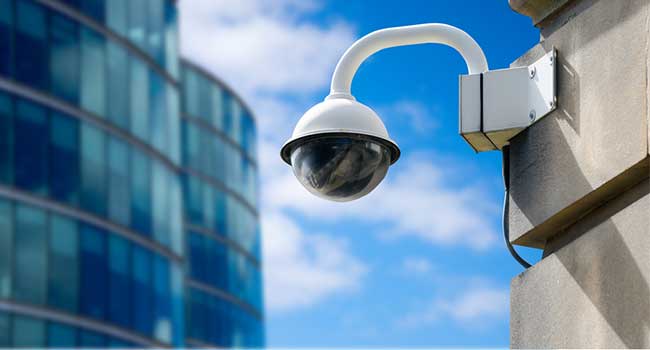
DropBox, Gmail Logins Acquired in Security Camera Hack
- By Sydny Shepard
- Feb 03, 2016
There is always going to be something. The world of IoT is so new that developers can’t possibly have a safe guard in place for every vulnerability that might come along on every product they make, but leaving email and cloud storage account credentials in code is certainly avoidable. It is wholly inadvisable, especially when the login details are going to be shipped inside some seriously unsecure home CCTV devices from one of the best-known names in tech.
That’s exactly what happened with the Motorola Focus 73 security camera. Researchers from Context Information Security said they’d uncovered DropBox, Google Gmail and FTP credentials when probing the device for vulnerabilities. This could have left their employers open to compromise, as well as causing quite a bit of embarrassment for the developers.
“The accounts left in the firmware appeared to be shared developer accounts used to receive motion alerts and video clips for testing. We didn’t access the accounts due to legalities but we had everything we needed to do so. These would be on every camera,” said Neil Briggs, head of research at Context. “You would not expect a development company to use this type of account for this kind of activity and they certainly should not have been left in the final firmware. The most you could do with these accounts would be to cause issues for the developers who are using these accounts for testing.”
He confirmed that the accounts had now been removed from the camera’s firmware, as have a number of other glaring vulnerabilities that allowed them to access DropBox and Gmail accounts in the first place.
As explained in a blog post on Context’s site, the team took advantage of poor encryption or absence of it entirely, on the camera. They discovered it was transmitting a private Wi-Fi security key unencrypted over an open network, using a username of “camera” and password “000000.” The root password for the device was also trivial to crack, at “123456.”
Investigating further, the hackers found the device holding the home network Wi-Fi password in plaintext alongside those account logins. The device’s logs were accessible via an open web interface and held within an encryption key for the remote control messages determining the direction of the camera and FTP credentials for video clip storage. The researchers were able to install their own malicious firmware as uploads weren’t checked for validity. The hackers were able to take almost total control over the camera and were even able to direct its movement.
Context has since contacted Motorola Monitors about the issues.
About the Author
Sydny Shepard is the Executive Editor of Campus Security & Life Safety.